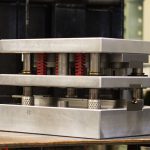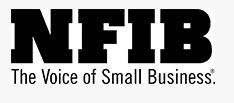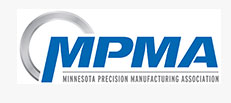 Some of the nation’s most successful and diverse original equipment manufacturers rely on Metric Tool and Stamping for metal stampings and assemblies. We collaborate with you throughout the design, quoting, production, assembly, inspection, packaging, and shipping processes to ensure we meet your specifications.
Some of the nation’s most successful and diverse original equipment manufacturers rely on Metric Tool and Stamping for metal stampings and assemblies. We collaborate with you throughout the design, quoting, production, assembly, inspection, packaging, and shipping processes to ensure we meet your specifications.
How is metal stamping defined?
With medium to high production volumes, metal stamping is a cost-effective method for producing parts.
Due to precision tooling, dimensional variation during production is kept to a minimum, resulting in high-quality parts.
- Shape of the component – The complexity of the part, as well as its thickness, part tolerances, and the number of operations necessary, determine the optimal production strategy.
- Stamping materials – We work with steel, stainless steel, aluminum, copper, brass, and other special alloys.
The thickness of the material can range from 0.003″ to 0.312″.
Tooling: We manufacture progressive dies for high-volume manufacturing.
Furthermore, we provide single-stage and multi-stage instruments with manual and automatic part transfer systems.
Support capabilities
A key component of our success is our ability to provide technical support. With extensive experience in precision metal stamping, tool design, and secondary processes, we hire the best engineers in the industry. Throughout each project, the key components for successful production are carefully examined to ensure that we fully understand what must be done and how it should be accomplished.
Here are some of our technological capabilities:
We prefer to use AutoCAD Mechanical and Solid Works for design. Our tool designers have previously worked on single-stage, multistage, and progressive tools.
A design review is conducted on all metal stamping to ensure that they can be fabricated effectively.
Collaboration in design evaluations reduces customer costs, simplifies manufacturing, and streamlines assembly.
95 percent of our tooling is developed and manufactured in-house. We pay special attention to part precision, repeatability, dependability, and tool life. All of the tooling we manufacture is built, serviced, and maintained by our professional tool and die makers.
- Addressing issues – Whether with component suppliers or in-house, a project manager is in charge of monitoring production and resolving problems. This ensures that parts arrive on time and are accurate.
- Continuous improvement – We are constantly looking for ways to optimize processes, reduce waste, and lower total costs using lean manufacturing methods.
How is metal stamping done?
Sheet metal and coils of metal are formed into shapes by punch presses in the metal stamping industry.
Everything from car parts to medical equipment is of great quality, and everything can be expected to be consistent. A variety of metal stamping procedures can be used to create a wide range of goods.
What are the advantages of metal stamping in high-volume production?
For a variety of industries, high-capacity metal stamping produces consistent, cost-effective components.
The advantages of high-volume stamping are twofold.
- Affordability:
By automating high-volume stamping operations, we can minimize and better estimate labor and manufacturing costs.
- Consistent quality:
As long as the equipment and dies are established, we can automate the production of parts for anything from lawn to medical equipment. Our quality is guaranteed at every stage.
We are committed to regulatory and environmental compliance, and we strive to exceed customer expectations. Our ISO 9001 certification confirms this.
Our company strives to improve its processes and techniques continuously. We have a cross-functional workforce that is highly skilled and well trained. Our goal is to meet client deadlines.





